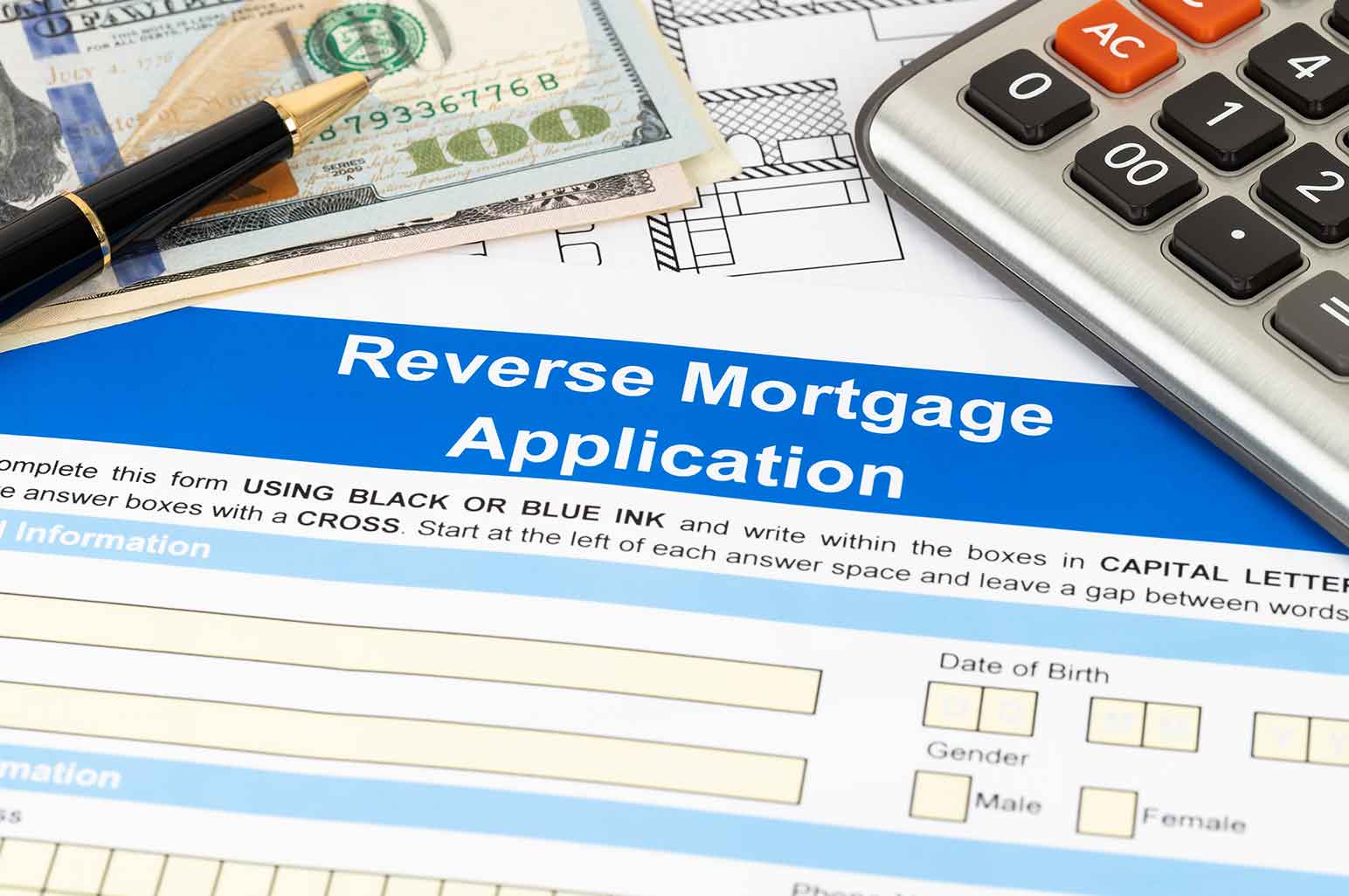
There are a few ways to supplement your income during retirement, and many people turn to a home loan for some financial relief when they need it. There are many significant cons to this decision though, as you will find yourself bound to regular repayment commitments, and major consequences like foreclosure or eviction if you fail to pay. If you are of retirement age (62 or older) and the legal owner of your property you may be able to find a far better solution in the form of a reverse mortgage.
Keen to know more? Keep reading!
HOW DOES REPAYMENT WORK ON A REVERSE MORTGAGE?
It is true that a reverse mortgage gives you some form of more control over how you manage your repayments. Although you are not restricted from paying the loan back, you technically have until the end of the loan period before you will be legally obligated to repay the amount you borrowed. You will also not give up any form of ownership over your house while the loan is active. In addition, because living in the house against which the loan is taken out is one of the major conditions of the loan, it is highly unlikely that you will be evicted (unless you default on any other part of the agreement).
HOW MUCH CAN YOU BORROW IF YOU ARE ELIGIBLE?
There is no point in taking out a mortgage if it is not sufficient for your needs. To determine what amount you will be able to borrow, you will have to know what the overall value of your home is, to start off with. Your lender will make use of a reverse mortgage calculator to assess your application and calculate your loan amount. Bear in mind that, due to borrowing caps being put in place by the government, you will not be able to borrow the full equity amount of your property, only a percentage. What that percentage is, will be determined by the outcome of the reverse mortgage calculator, after factors such as your house’s age, location and condition have been taken into consideration.
OPTIONS FOR TAKING OWNERSHIP OF YOUR FUNDS
Reverse mortgage funds can be made available to you in a number of ways. A once-off lump sum payment is one option – after this payment, you are solely responsible for managing your money. Another option is taking delivery of the funds in a line of credit, which is to say you can access the funds as you need them, if you need it, as would have been the case with a credit card.
The final and most common option is to have the funds paid into your accounts in monthly installments. This mimics the action of a salary in your retirement days and is useful for those who prefer to budget on a monthly basis. Whichever option you choose, bear in mind that even a low-risk loan like a reverse mortgage is still a loan, and you will be responsible for your financial commitment right until the end.
